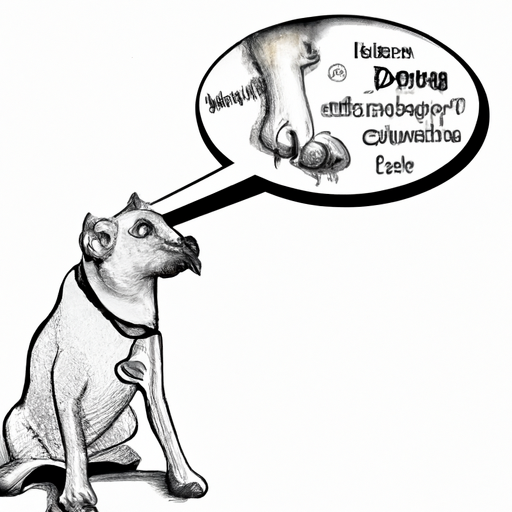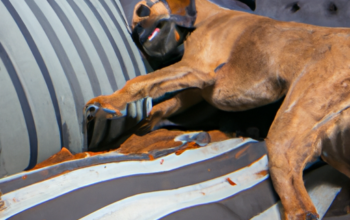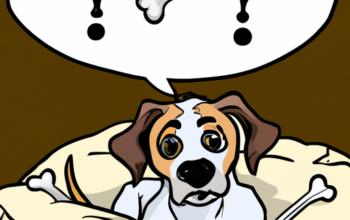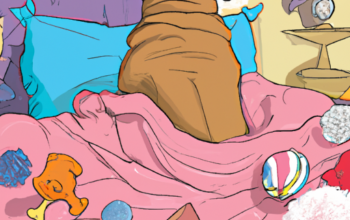Understanding a Dog’s Anatomy
You might have noticed that your canine companion has an extra digit on their front paws, a bit higher than the rest. This digit, known as the dew claw, is often referred to as the dog’s “thumb”. Just like humans, dogs have five digits on their paws. However, unlike humans, their thumb is not as functional.
The dew claw is analogous to the human thumb, except it’s not as mobile and doesn’t serve the same purpose. While it may seem like a vestigial structure, the dew claw actually has a number of important roles to play in a dog’s life.
The Purpose of Dew Claws
- Stability: When dogs run at high speeds or make sharp turns, the dew claw helps provide extra stability and prevents twisting injuries to the rest of the leg.
- Grip: Dogs use their dew claws to hold objects, similar to how we use our thumbs. This is particularly noticeable when they’re chewing on a bone or a toy.
- Climbing: Dogs that climb or pull themselves out of water may use their dew claws for additional grip.
- Grooming: Some dogs use their dew claws to clean hard-to-reach areas of their face.
The Debate Over Dew Claw Removal
You might have heard some pet owners or even vets suggesting dew claw removal. This is a controversial topic in the canine world. On one hand, some believe that dew claws can potentially cause problems if they get caught on something and tear. On the other hand, removing dew claws is a painful procedure that is often compared to amputating a human finger at the first knuckle.
The decision to remove or retain the dew claws should not be taken lightly and should be based on the dog’s lifestyle and the potential risks involved.
Dew Claw Injuries and Their Treatment
Despite their functionality, dew claws are more prone to injury than the other nails. Due to their location, they can easily get caught on things and tear. Here are some common symptoms of a dew claw injury:
- Limping or favoring one leg
- Bleeding or swelling around the dew claw
- The dog frequently licking or biting at the area
If you notice any of these symptoms, it’s important to seek veterinary care as soon as possible. Treatment may involve cleaning the wound, administering antibiotics, or in severe cases, surgical removal of the dew claw.
Frequently Asked Questions
- Q: Can a dew claw grow back after removal?
-
A: No, once the dew claw has been surgically removed, it will not grow back.
-
Q: Do all dogs have dew claws?
-
A: Most dogs have dew claws on their front paws, but not all have them on their hind paws.
-
Q: Should I trim my dog’s dew claw?
-
A: Yes, dew claws should be trimmed regularly to avoid injury.
-
Q: Can a dew claw injury heal on its own?
- A: Minor injuries may heal on their own, but it’s always best to consult with a vet to avoid complications.
In conclusion, dew claws are an integral part of a dog’s anatomy, serving various functions from stability to grooming. While they can be prone to injury, with proper care and attention, they can be maintained and cause no issues for your furry friend.



